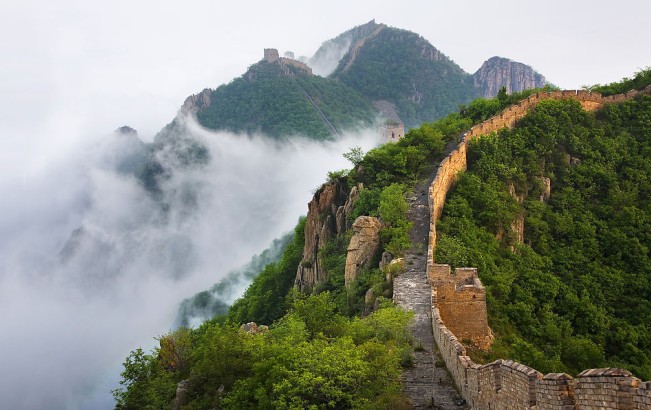Qibao Ancient Town is located in the center of the Minhang District, Shanghai. It is situated at a distance of about 20 kilometers from the downtown area of Qibao Ancient Town. It can easily satisfy your curiosity regarding ancient water township and you need not bother about the rush of crowds or long distance.
It is the only ancient town which forms the greater part of Shanghai. It has history over thousand years and Qiabo is much more than the ancient Chinese conurbation and the urban planning. This town was built during the Northern Song Dynasty and became a prosperous business center during Qing and Ming Dynasties. Qibao means seven treasures in Chinese and there are two theories about its derivation. The most reliable says that this name originates from Qibao Temple, which is famous for good reputation. This is very much responsible for the development of culture and business which was unknown previously. The other theory is popular among local people who have some folk tales about the seven treasures. These are the iron Buddha which was made by Ming Dynasty, Bronze bell also from the same Dynasty but they have appeared from nowhere. Other treasures include Jade axe, catalpa tree, gold cockerel and a pair of jade Chopsticks. Out of these seven treasures, only four can be verified and only the bell and the scripture are existence till date.
It has been dating for the period of five dynasties and Ten states. It is mainly extended and renovated during the period of Ming Dynasty. This temple has held the high regard by the local people as not only due to its seven treasures but due to its splendid appearance as well as its significance to the development of Qibao Town. This temple covered the area more than 140 acres and excluding the area of 22 acres by the surrounding rivers which blossomed in the Ming Dynasty. The revered monk called Jing used to interpret and study the scriptures here and it was recorded in the inscriptions which is carved in the bronze bell. This temple was rebuilt in the year 2002 which later covered area more than 150 acres and it was opened for public in the following year. The new Qibao Temple has new designs with buildings and gardens having unique architectural styles of Han and Tang Dynasty.
In late spring, when the peaches in Longhua Park are in full blossom and the temple fair (on the 3rd March, lunar calendar) is under way, large numbers of visitors and pilgrims will come and the Longhua will become a place of great hustle and bustle.




















